Brands need to operate with a real-time mindset: CVL Srinivas
The BrandZ Top 50 Most Valuable Indian Brands report, released on Wednesday, not only ranks the brands in terms of their value, but also sheds light on the growth in popularity for locally grown Indian brands, changing consumer perception about brands, narrowing of the gap between rural and urban India, the impact of growing mobile and internet penetration, and more.
To know more about the report’s implications for brands, the intricacies of brand valuation, etc., Adgully caught up with CVL Srinivas, CEO - South Asia at GroupM. Excerpts:
How can valuation of a brand deliver high-impact returns to key stakeholders?
I think the BrandZ report has shown what we have been doing over the last 20 years, Brand value is a combination of the financial value that a brand creates as well as the perception that the consumer has about the brand. Thus, brands that stand out, have strong differentiation from other brands and are meaningful to the consumers are the ones that are creating more value. There is enough to prove that such brands create financial values for the organisations as well. The stronger you build your brand, the more value you can create for your corporation.
In a dynamic consumer landscape, what kind of strategies are brands forging to ensure recall as well as impact their valuation?
I think these are challenging times for brands and marketers. A lot of disruption is being caused in terms of newer forms of media been available, in terms of the changing consumer behaviour towards brands, the way they make their purchases, which is skewed towards e-commerce websites, and the great variety of brands that are available today across categories. Loyalty, too, is under a lot of threat today. Keeping in mind these factors, brands obviously need to look at sticking to some of categories, be more consistent in their messaging and in their presence. At the same time, brands need to be clever enough to keep adapting to different situations, wherever change is needed. Therefore, they need to stay attuned to the times, which is all about fluidity and capitalising on the moment which may suddenly appear, where you leverage the brand or even in terms of your brand philosophy. It is all about being real-time in your approach. So, that’s really the key requirement.
Given today’s business ecosystem, what are the criteria for determining brand valuation?
Brand valuation studies are done across the globe. BrandZ captures the financial value of the brand as well as the perception that the brand has among the consumers. So, in that case I would say the report is more holistic and probably a lot more accurate in analysing which brands are faring well and which aren’t.
In what ways is national pride influencing the growth of local brands? How prevalent is this factor?
Well, we have seen this in India, where a lot of brands that are actually home grown, have done very well. Even among the top gainers this year, most of them are local brands. I think, it’s a combination of factors, where we have seen strong local brands that have created huge value not just for the consumers, but for the corporate as well. We have seen huge economic value created by home grown brands in categories financial services, FMCG, etc.
What are the market factors today that are influencing consumer behaviour and their preference for brands?
First of all, I will tick 2 or 3 things that I have to deal with today vis-a-vis five or 10 years ago. First and foremost brands have to be a lot more meaningful today, they have to stand for a larger purpose, whereas in the past it was more about functional benefits and so on. Brands need to connect with their consumers a lot more and create greater engagement because they are dealing with a generation that is on social media all the time. This is also reflected in the BrandZ report, where brands that have a higher score on being meaningful are the ones that have typically done well.
Today, brands not only need to have a presence on digital media, but also have a distinct personality on digital media. And since digital media audiences are active 24x7 unlike the traditional media audience, this has huge implications on brand owners to operate in this kind of mindset. As I had said earlier, brands need to operate with a real-time mindset.
You have talked about amplifying the benefits, could you share more on that?
One very important point for marketers to look at while investing in advertising is that first of all, there is the need to use the word “investment” rather than “spend”, because we believe that advertising and building brand value is an investment for future. The point really is that it is not just the media value that we think for the investment, but also the brand value, because in many cases we find that there is an over-emphasis on measuring what the media output of a campaign is in terms of the cost, in terms of the people reached, etc. This only helps in taking the brand that far; one really needs to build a lot more innovation, to build the strategy, one needs to build a lot more brand value into the metrics.
You also stressed on integrated communication. In what way can brands benefit from it?
One of the dangers that marketers are facing today is that the communication is becoming more and more fragmented, there are a lot of channels from traditional media to digital media and hence, sometimes the consumers are getting different kinds of messages. Therefore, it is very important today to approach communication advertising with an integrated mindset. Given the availability of different channels today, brands need to have a core insight or idea that is media neutral as the starting point and then form different communication for different channels. Thus, campaigns that have one common thread that binds everything together are the ones that yield a lot more results.



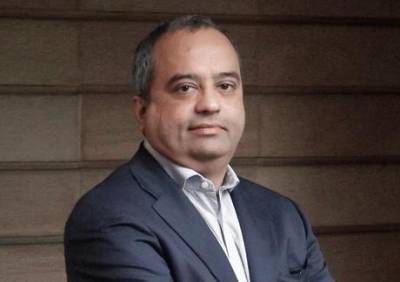


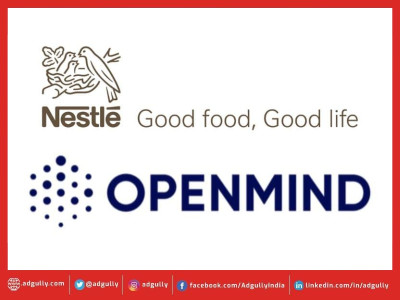


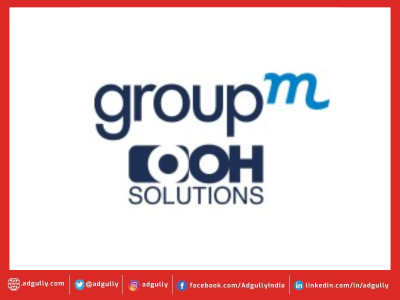



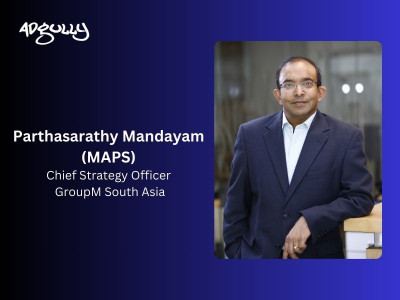
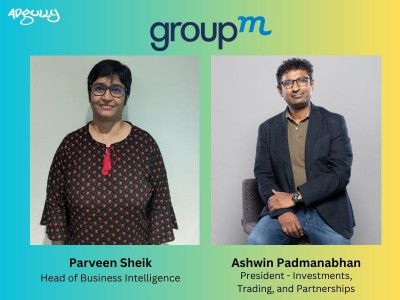



Share
Facebook
YouTube
Tweet
Twitter
LinkedIn